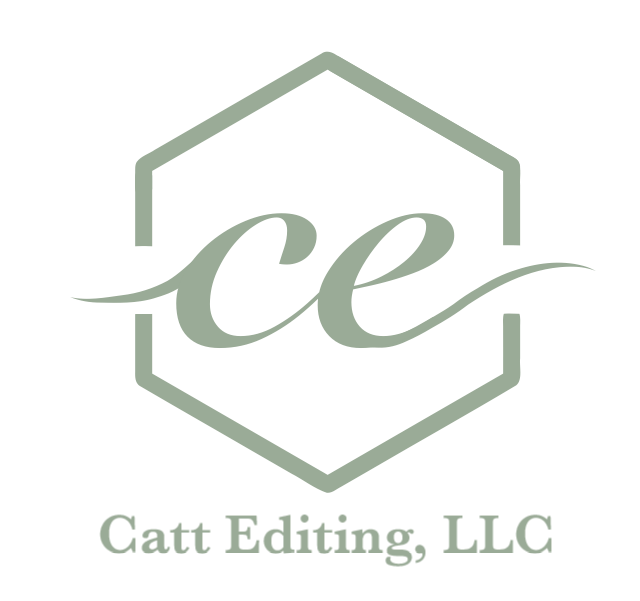What’s in the Back Matter?
What’s all the stuff at the back of the book? And what order is it supposed to be in? It can get a little confusing what each piece of back matter is, so let’s go over what they are and if you really need them.
Immediately following the body of text can be your epilogue, conclusion, and/or afterword here if you have them—all are optional. These are technically part of the body still, but I thought I’d include them here anyway. Let’s quickly talk about what each of these are.
Epilogue
This is basically the opposite of a prologue: it’s for fiction only and normally takes place sometime in the future. It can close up loose ends with stand-alone books or introduce new questions and hint at books to come in the series.
Conclusion
These are normally the final thoughts of a nonfiction book. It’s not essential, but it’s normally a good idea to wrap up the book in a conclusion if you didn’t do so in the last chapter.
Afterword
This is basically the opposite of a foreword. This can be any final thoughts or closing remarks for a fiction or nonfiction book written by the author or someone else. Pretty vague, right? I know. At least there’s space for you to add something if you need it. (:
Now let’s get to the actual back matter!
Three Quick Things:
1. I presented these items in the order they should appear in your book.
2. Not all are required.
3. Each of these items needs to be on a separate page.
Acknowledgments
This is optional, like the dedication at the front of the book. This is where you can thank everyone that helped you or was involved in your book.
Appendix
This is normally included in a nonfiction book, but it’s not required by any means. This just includes any additional resources for the reader or updated information (if this is a newer version of the book).
Endnotes
Almost exclusively used in nonfiction, this includes extra information about specific parts of the book or citations, indicated by superscripts. If you want to make notes about the sources you use and allow the reader to easily find this extra information but they’re too long or abundant for footnotes, use endnotes. To learn more about notes and citations, check out this post.
Glossary
Include any definitions for words throughout the book in alphabetical order if necessary. This is common for nonfiction with specific terminology or fantasy with made-up words.
Reference List/Bibliography
This is where you include your references for any sources cited in the book. It’s not required for every book because not every book cites sources, but if you cited even one source in your book, it is required. Check out this blog post about citations and bibliographies.
Index
This is a list of terms in the book with the pages they are referenced on, usually in nonfiction books and listed in alphabetical order. This allows the reader to look up a word and see all instances it was used in the book.
About the Author
This can actually be placed in various places of the book: inside jacket cover at the front or back, on the back of the book, or as the last page of the book. I wrote a post about how to write an author bio—read it here!
Now put the book blurb on the back of the book, and you’re done! Learn how to write that here!
I hope this was helpful for you putting together your book. Let me know if you have any questions! I can also refer you to professional typesetters if they are better suited to answer your questions. If you’re looking for information about front matter, check out this post about the title page, copy right page, dedication, etc., and this post about the prologue, introduction, foreword, and preface!
To get updates about more free tips and advice from experts (like this), make sure to subscribe here!
Email me with any questions you have. You can also find me on Facebook or Instagram!
